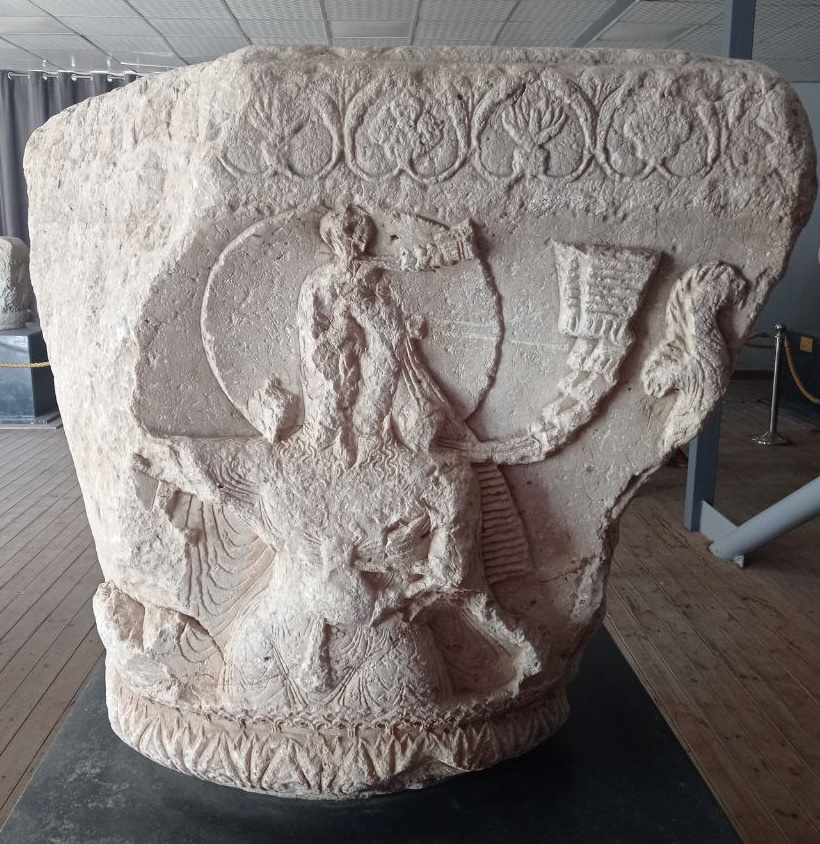Thread: Forget about the wings...What about the hands and feet...Which animal has extremities like these?
https://twitter.com/SumerianHittite/status/1471763526742122497
I don't think these are bird talons as they are depicted as obvious talons on artefacts from this period...
Example 1: "Two headed dragon" 🙂 golden cup, 1000 BC, Iran. oldeuropeanculture.blogspot.com/2021/06/two-he…
Example 1: "Two headed dragon" 🙂 golden cup, 1000 BC, Iran. oldeuropeanculture.blogspot.com/2021/06/two-he…

Example 2: A Bactrian gold stamp seal, c. 2200-1900 BC...oldeuropeanculture.blogspot.com/2020/12/giant-… 

You can see from the this object done in the same style, in the same place and the same time as the original object, that artists were pretty precise in depicting animal extremities. Iran, Pre-Achaemenid Period, 8th-6th c. BC, Silver, gold... oldeuropeanculture.blogspot.com/2021/06/winged… 

Someone said lizards...They have 5 pretty long toes on their feet. So don't think this is a lizard hybrid... 

@QueenofAllElse suggested elephant...This is possible as Asian elephants have 4 horned toes...But the legs of the composite "mythological" 🙂 creature seems to have scaled legs above the feet...Am I right or am I seeing things? 

There is one animal which has 4 toes and scaly skin...The Russian tortoise, aka the Afghan, steppe, four-toed, or Horsfield’s tortoise.... 

Lives in southeastern Russia, Azerbaijan, southern Kazakhstan, Kyrgyzstan, Tajikistan, Turkmenistan, Uzbekistan, Iran, Afghanistan, northwestern China, and Pakistan...
And tortoises are linked to some pretty interesting gods and goddesses...And summer...
By the way so are the elephants oldeuropeanculture.blogspot.com/2021/11/samant… 

PS: It's funny how this image finds me at the time when I am actually researching the link between tortoises and deities in Eurasia...
• • •
Missing some Tweet in this thread? You can try to
force a refresh























